International automotive tariffs present significant economic challenges requiring comprehensive policy responses from Canadian authorities. The government has developed a multi-faceted approach to address industry concerns and maintain competitiveness within the evolving trade environment. Here are 22 steps that Canadian policymakers are implementing to soften the economic blow of auto tariffs.
Direct Financial Aid to Affected Manufacturers

Ottawa has pledged billions (yes, with a “b”) to help automakers weather the tariff storm. Additionally, Canada introduced a performance-based tariff remission framework. This allows automakers to maintain production and investment in Canada to import a quota of U.S.-assembled, CUSMA-compliant vehicles without incurring the 25% retaliatory tariffs. Further support includes a loan program for large businesses impacted by the tariffs, providing financial relief to sustain operations during the trade dispute.
Emergency Loan Programs

In response to the economic strain caused by U.S. auto tariffs, the Canadian government has introduced several emergency loan programs to support its automotive sector. A key initiative is the (LETL), which provides financial assistance to large Canadian businesses facing liquidity challenges due to the tariffs. Additionally, a proposed $2 billion Strategic Response Fund aims to enhance the competitiveness of Canada’s automotive industry and strengthen domestic supply chains.
Expansion of the Automotive Supplier Innovation Program (ASIP)
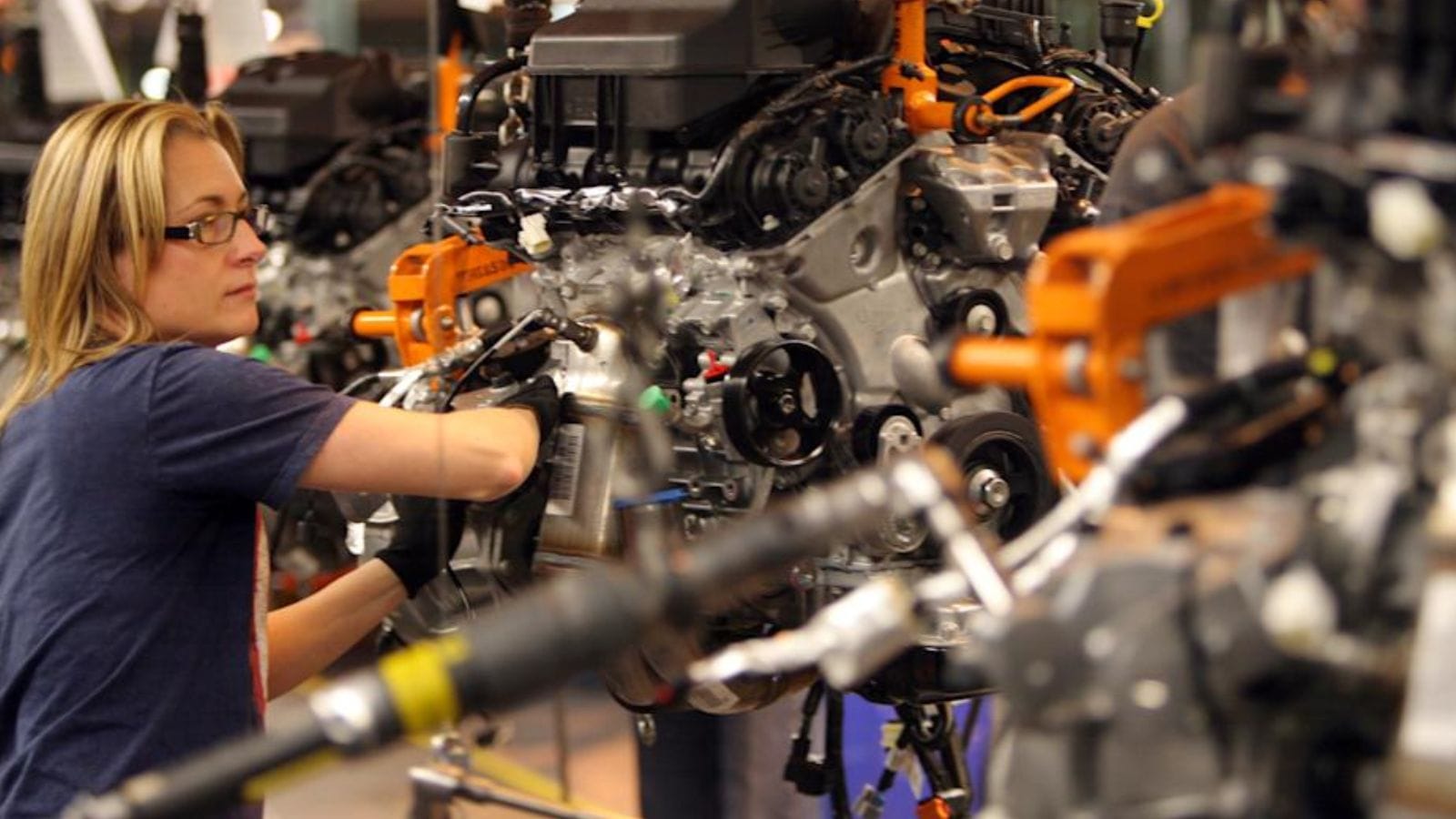
Policymakers beefed up ASIP, offering more R&D grants for Canadian suppliers to innovate out of tight margins. The program’s expansion is part of a broader strategy to mitigate the adverse effects of U.S. tariffs, which include a 25% levy on non-CUSMA-compliant vehicles and parts. By strengthening domestic innovation and production capabilities, ASIP aims to reduce reliance on imported components and support Canadian suppliers in maintaining their positions within global supply chains.
Creating Domestic Parts Clusters

By fostering regional clusters of parts manufacturers in Ontario and Quebec, Canada is trying to reduce dependency on imported parts and the associated tariffs. This strategy includes incentives for manufacturers to increase Canadian content in vehicles, thereby qualifying for preferential treatment under the Canada–United States–Mexico Agreement (CUSMA). Canada has also introduced a CA$2 billion strategic response fund to support affected industries and workers.
Incentives for Reshoring Production
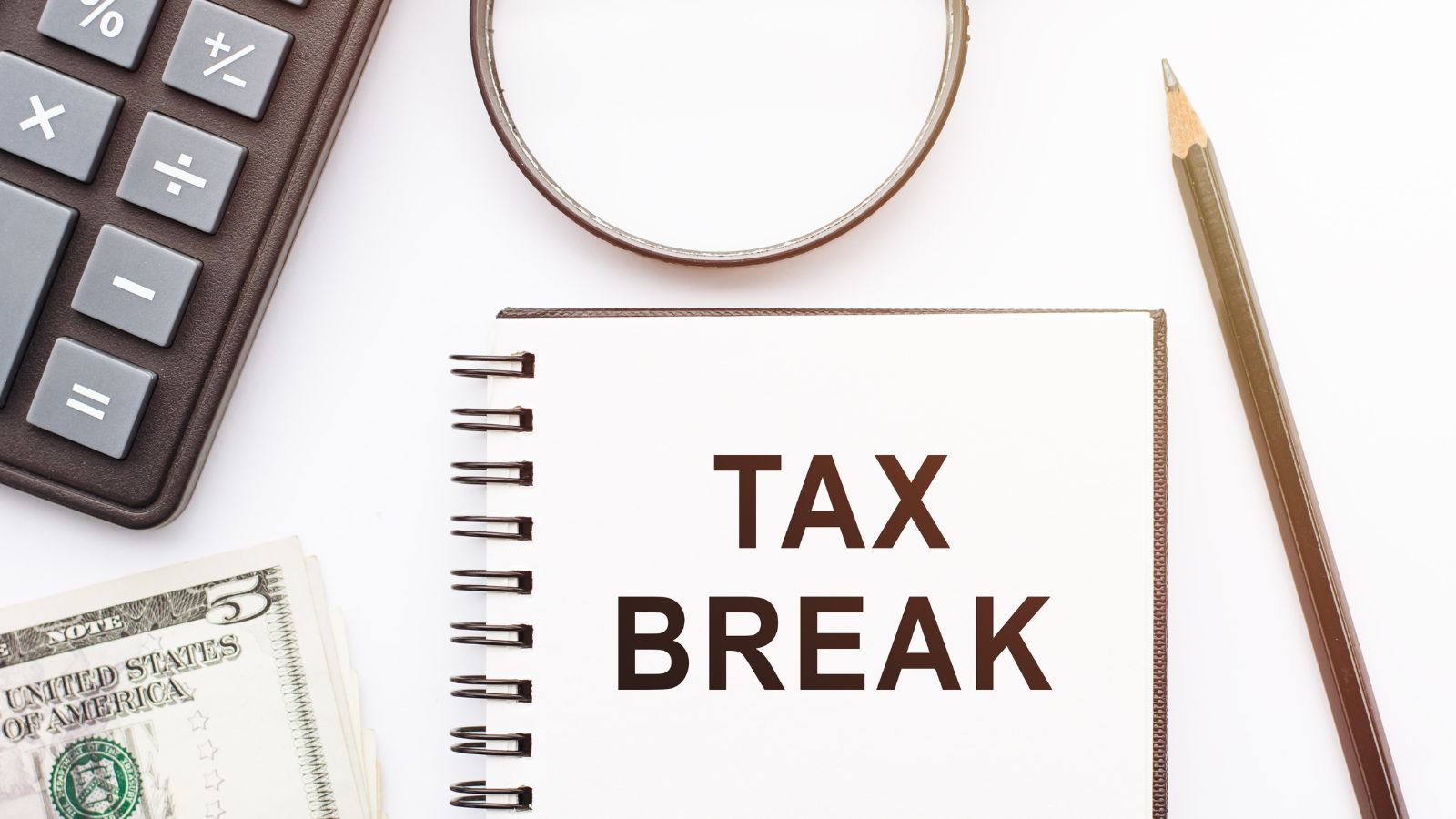
Tax breaks and grants are being offered to companies that move manufacturing back to Canadian soil. Additionally, Canada has introduced a six-month tariff exemption for U.S. goods essential to Canadian manufacturing, including auto parts, to ensure supply chain continuity. The federal government also launched the Trade Impact Program (TIP) through Export Development Canada, providing financial support to businesses adversely affected by U.S. tariffs. If tariffs will cost you, why not pay those costs yourself?
Enhanced Trade with Europe and Asia
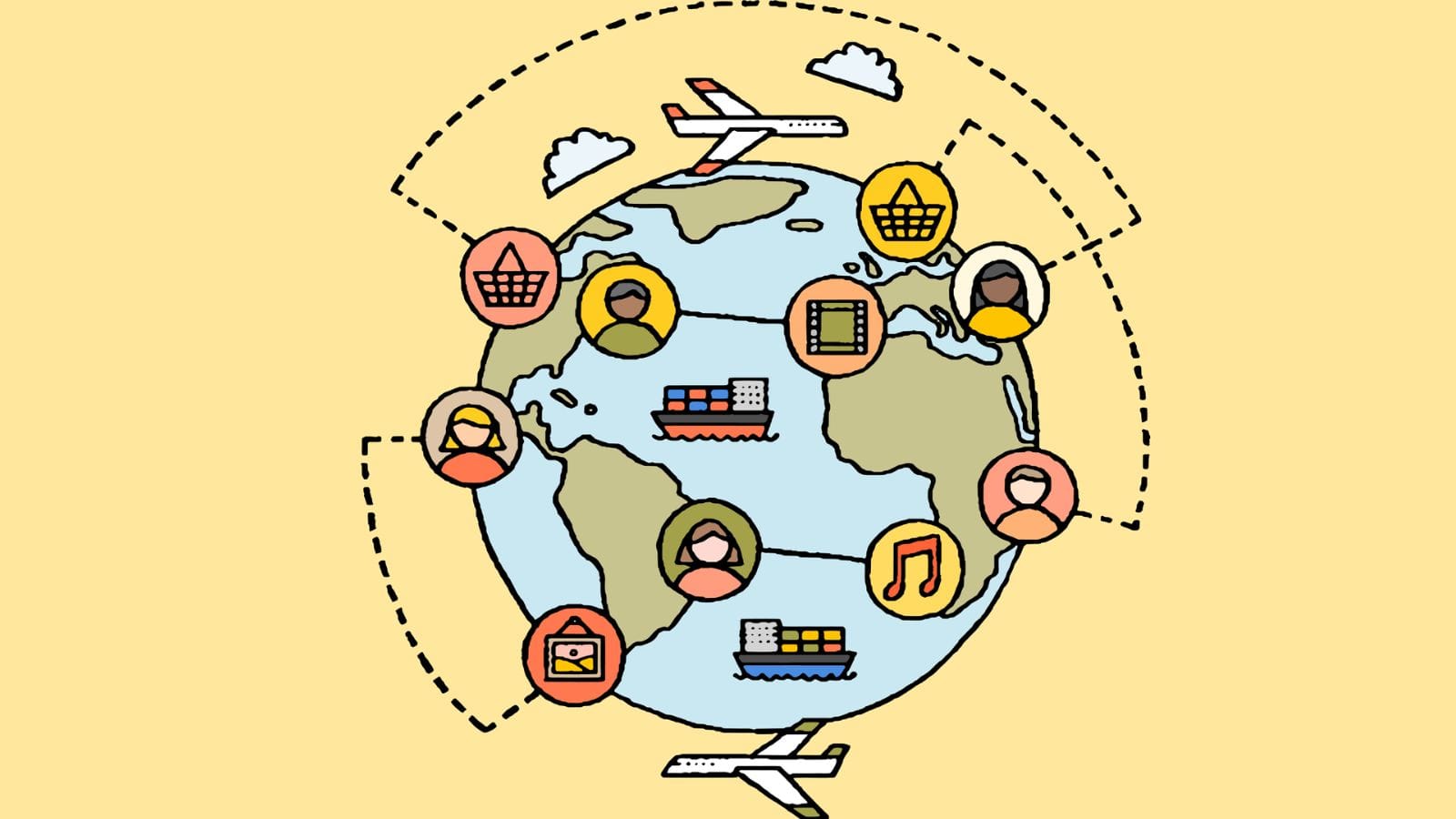
Canada is doubling down on trade with partners like the EU (through CETA) and Asia-Pacific nations (via CPTPP) to counterbalance U.S. trade tensions. These strategic moves aim to lessen Canada’s dependence on the U.S. market, where approximately 88% of Canadian vehicle exports were directed. Canada seeks to bolster its economic resilience against U.S. protectionist measures by expanding trade partnerships. Think of it as dating around after your ex (the U.S.) starts acting flaky.
Strengthening the Canada-U.S.-Mexico Agreement (CUSMA)
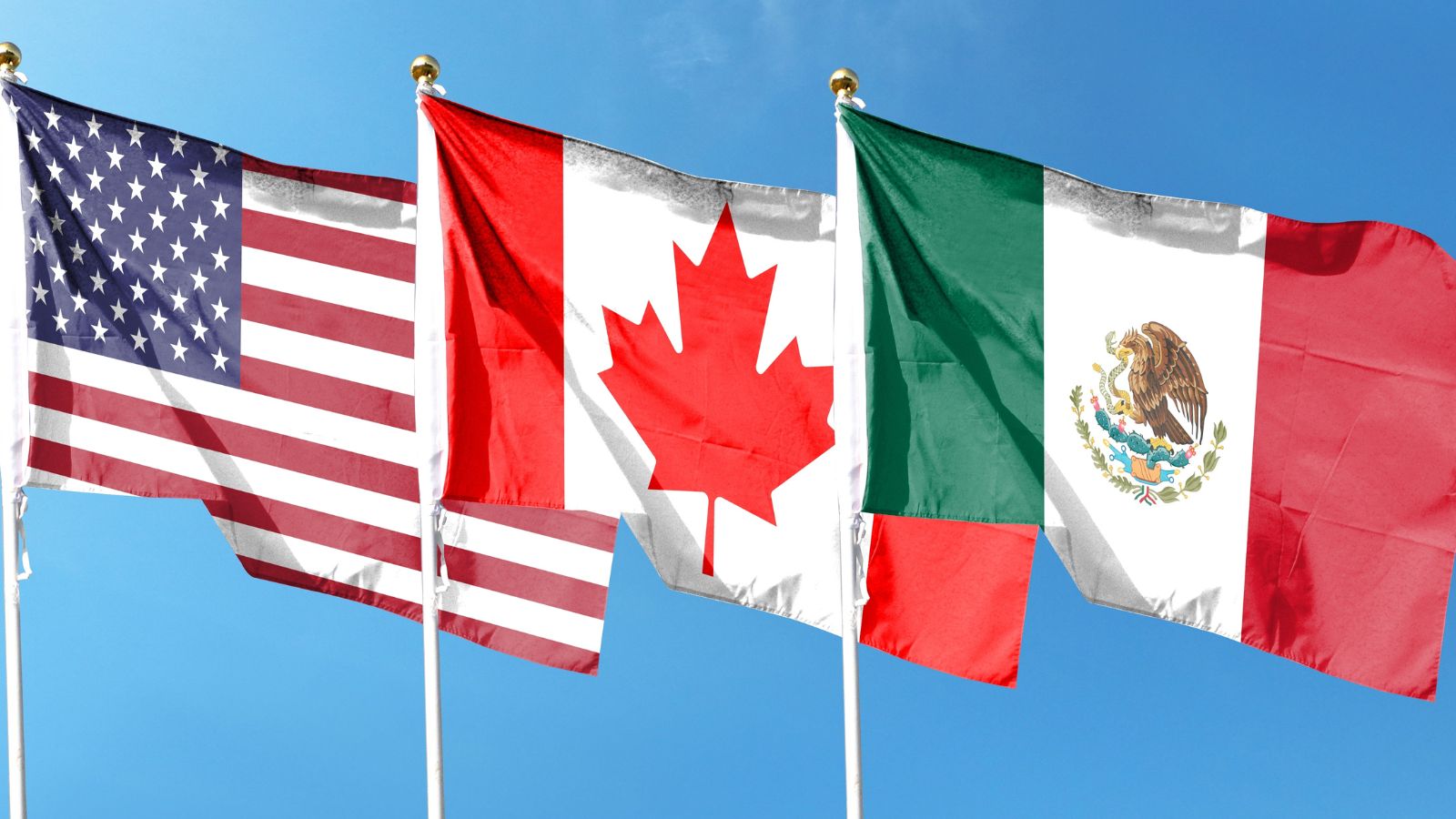
To counteract the economic impact of U.S. auto tariffs, Canadian policymakers are reinforcing the Canada–United States–Mexico–Mexico Agreement (CUSMA). This strategy ensures that vehicles and auto parts meeting CUSMA’s rules of origin—such as 75% North American content and 70% regional steel and aluminum usage—are exempt from the 25% U.S. tariffs, safeguarding Canada’s automotive exports. Canadian policymakers practically lobby (and occasionally plead) for carve-outs or exceptions within CUSMA.
Streamlining Inter-Provincial Trade
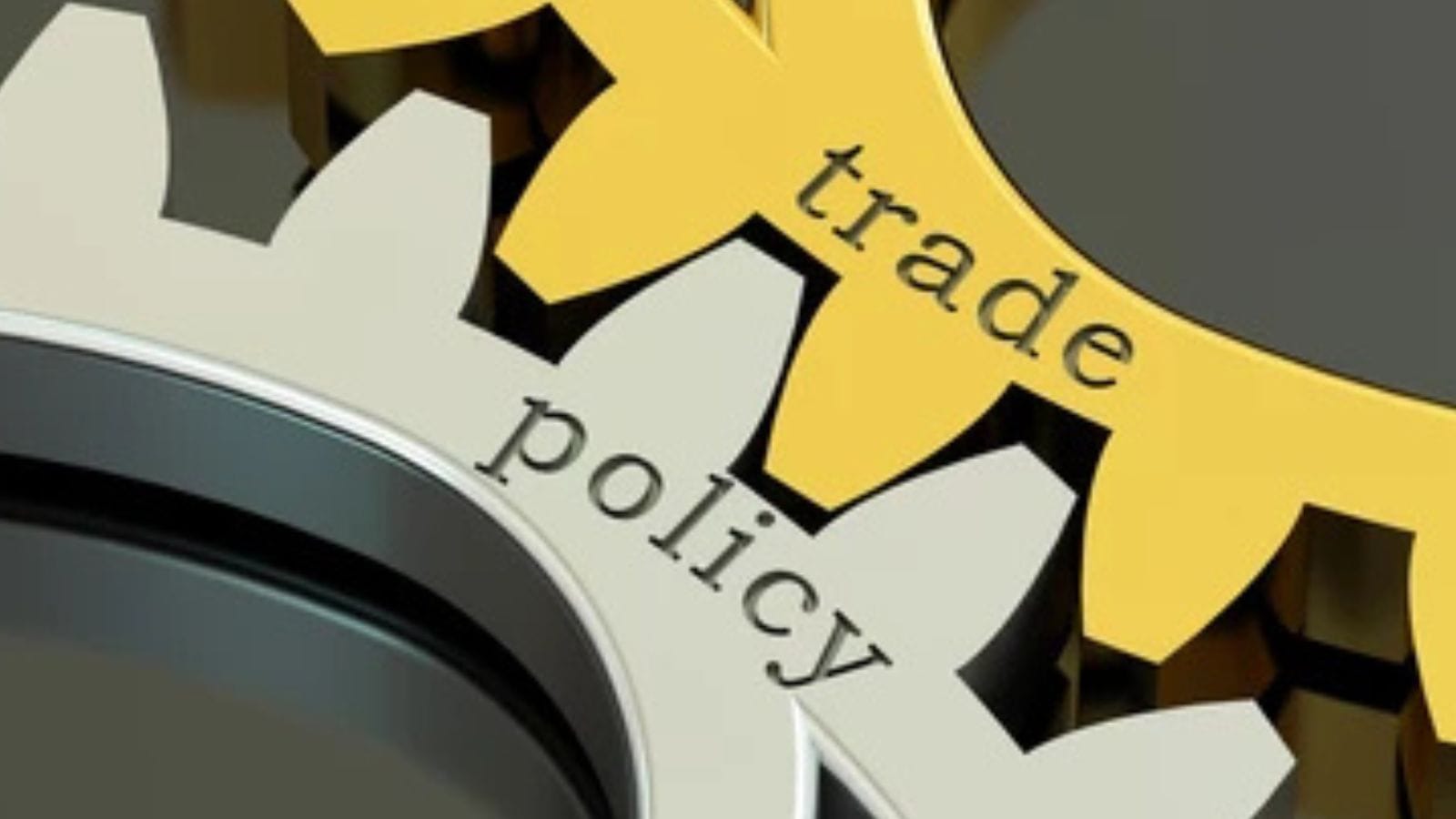
If international trade becomes a mess, Canada figures we should at least get our domestic ducks in a row. Ontario has proactively launched a $50 million “Ontario Together Trade Fund” to support businesses affected by tariffs and to promote interprovincial commerce. The province has also signed agreements with Nova Scotia and New Brunswick to eliminate internal trade barriers. Plus, cutting red tape between provinces makes it easier for Canadian companies to sell within Canada.
Tax Relief for Affected Companies

Temporary tax breaks are being considered to ease the tariff-induced pain. A six-month tariff exemption has also been granted for U.S. goods integral to Canadian manufacturing, processing, food and beverage packaging, and sectors critical to public health and safety. The Canada Revenue Agency (CRA) has further supported businesses by deferring GST/HST remittances and corporate income tax payments from April 2 to June 30, 2025, and waiving interest on these payments during this period.
Workforce Retraining Programs

The federal government is boosting skills training programs for workers displaced by factory slowdowns or closures. The Ontario government is investing up to $3 million through the Skills Development Fund (SDF) Training Stream to provide training for workers in the automotive trades. Ontario’s Better Jobs Ontario program offers free training and paid work placements to help individuals transition into high-demand careers. These initiatives aim to equip workers with machine operation, assembly, quality control, and logistics skills.
Green Tech Investment as a Buffer

With the global push for electric vehicles, Canada is redirecting funds into EV development and leveraging green technology investments as a strategic buffer. The Canadian government has imposed 25% tariffs on U.S.-assembled vehicles and parts not meeting the Canada-U.S.-Mexico Agreement (CUSMA) standards. Canada is enhancing its cleantech sector to mitigate economic impacts, focusing on lower-carbon aluminum production and electric vehicle (EV) infrastructure. Less dependence on traditional auto exports means fewer tears over tariff tiffs.
Fast-Tracking Critical Infrastructure
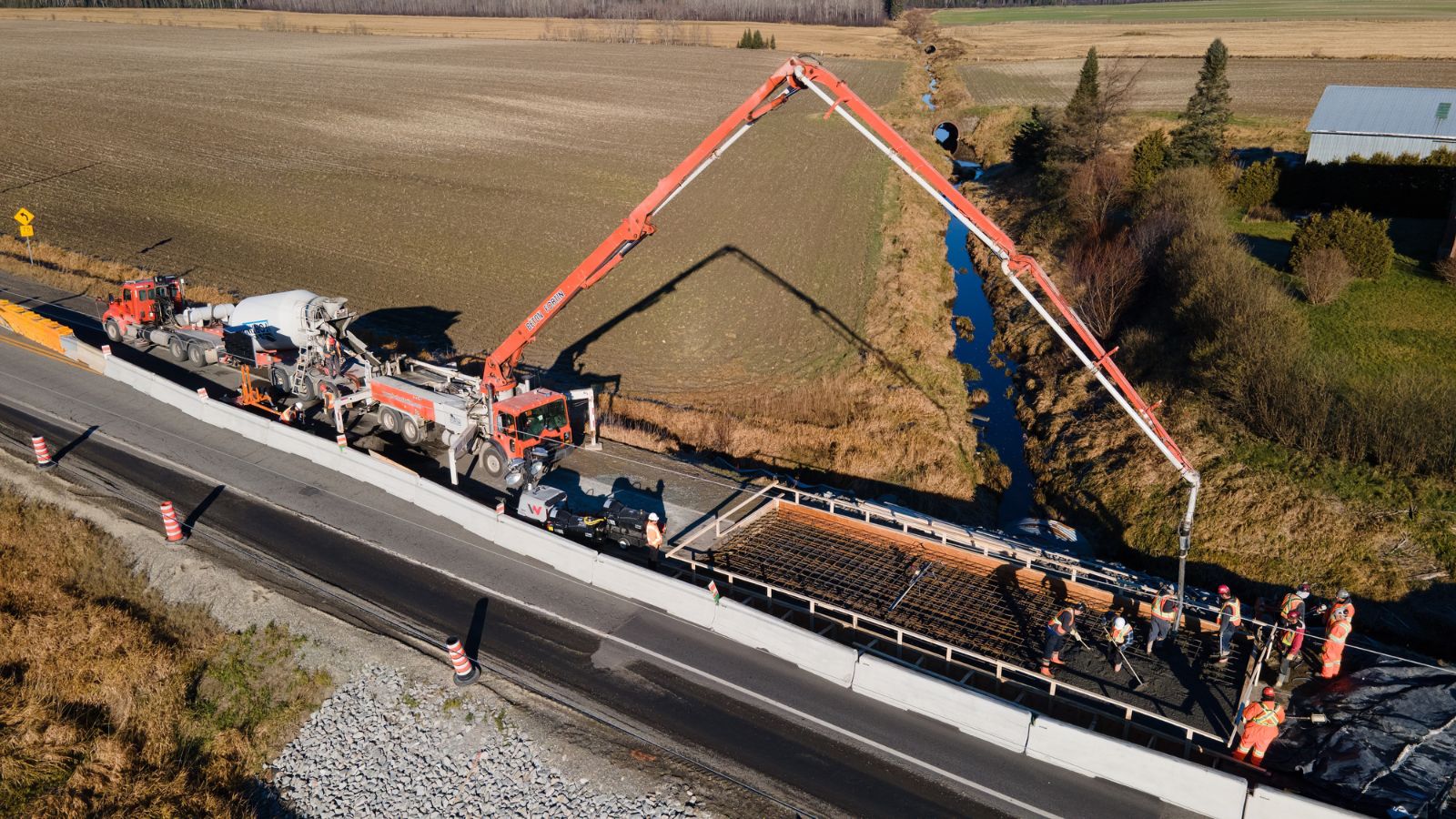
Canadian policymakers are fast-tracking critical infrastructure like it’s the final lap of Mario Kart to dodge the economic slam of potential U.S. auto tariffs. Think highways, rail links, and border crossings—anything that hums our beloved maple syrup-scented supply chains. In 2024, Infrastructure Canada earmarked over $2 billion for trade-enabling projects to keep exports moving faster than a Timbit at a staff meeting. The Windsor-Detroit Bridge, for example, is set to open in 2025 and will handle a third of Canada-U.S. trade.
Government Procurement of Canadian Vehicles
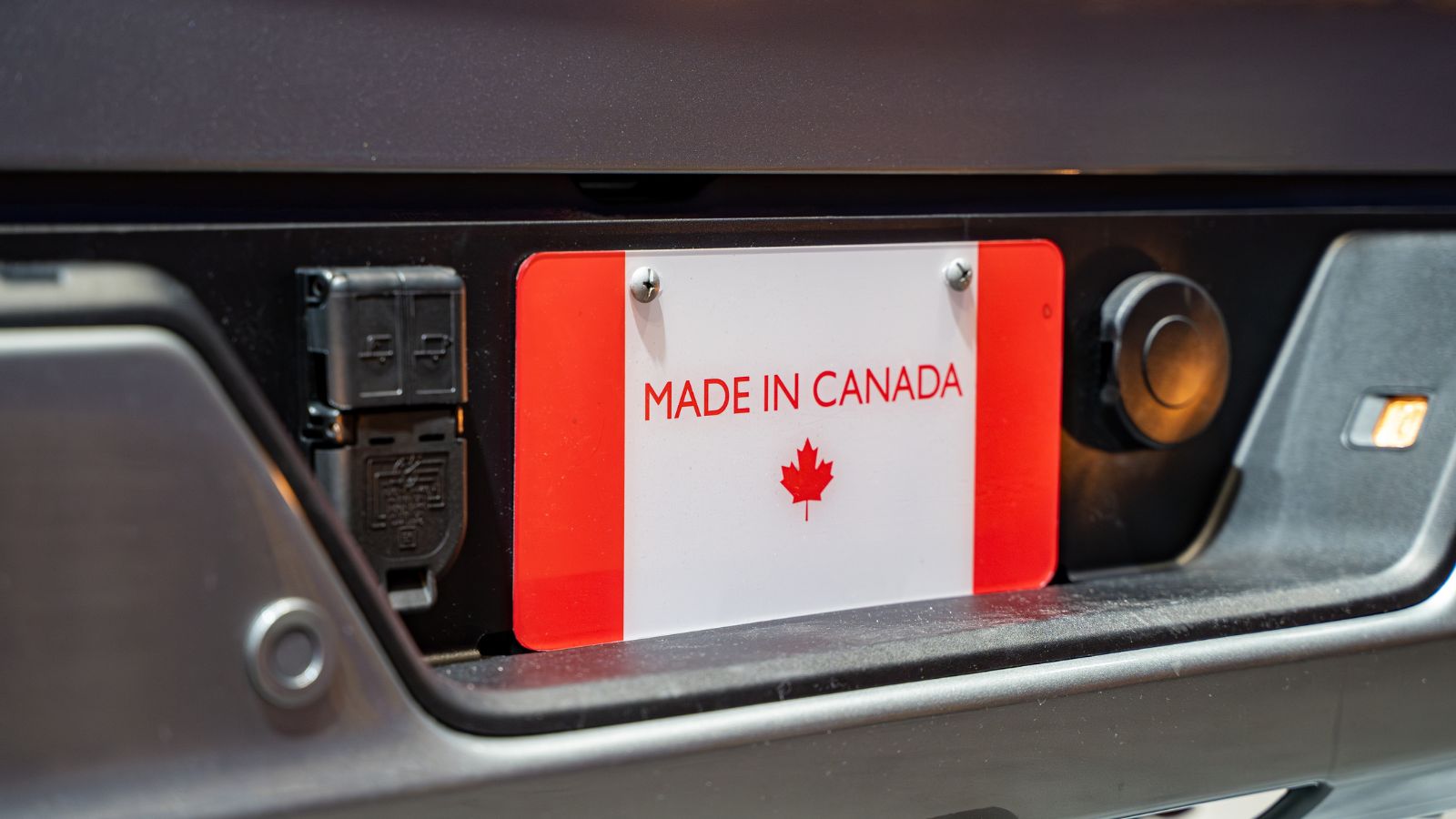
Federal and provincial governments are committing to buying more domestically produced vehicles for their fleets, giving the local industry a reliable customer, even if it means a few more Dodge Chargers in the parking lot. But wait, there’s more! Canada isn’t just playing defense. They’re also slapping their 25% tariffs on non-CUSMA-compliant U.S. vehicles, ensuring the trade playing field is as level as a freshly zambonied ice rink. To sweeten the deal, automakers who keep their production in Canada get a golden ticket: The ability to import a limited number of U.S.-made vehicles without the hefty tariffs, as long as they continue investing in the Great White North.
Public-Private Task Forces

When the U.S. slapped a 25% tariff on Canadian autos, Canada didn’t just honk its horn—it assembled a superhero squad: the Canada-U.S. Relations Council. This 18-member dream team, featuring trade negotiators, ex-premiers, and industry bigwigs, was tasked with navigating the trade tempest. In short, Canada’s response was a masterclass in turning a trade tantrum into a united front.
Bilateral Diplomacy Blitzes

Picture diplomats armed with maple syrup and charm, zooming across continents to sweet-talk trade partners into giving our cars a break. These high-octane missions aim to reinforce trade ties, especially with the U.S., our biggest customer for Canadian-built vehicles. In 2023 alone, Canada exported over 1.2 million vehicles, with nearly $65 billion in auto-related exports. Auto tariffs also threaten thousands of jobs, particularly in Ontario, the Detroit of the North.
Legal Challenges at the WTO
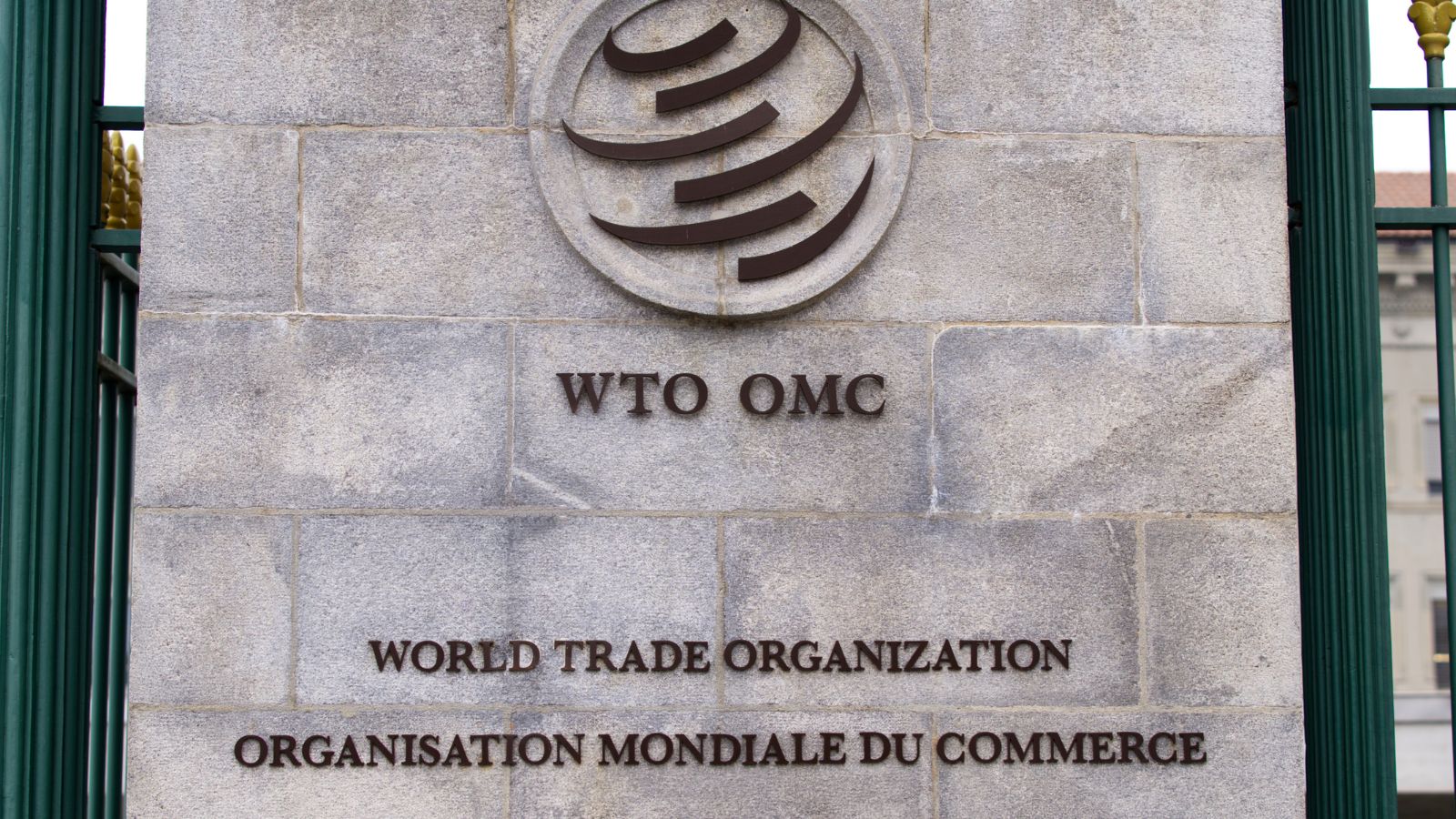
Canadian policymakers, mildly offended by U.S. “national security” excuses for slapping tariffs on steel, aluminum, and potentially cars, decided to challenge the legality of it all at the World Trade Organization. The logic? If national security includes minivans, we’ve lost the plot. In 2018, Canada launched formal WTO consultations, arguing these tariffs violate global trade rules (WTO DS550, for the nerds). Like a trade-themed superhero squad, Ottawa joined forces with the EU and others to gang up on tariff-loving policies.
Tariff Rebate Programs
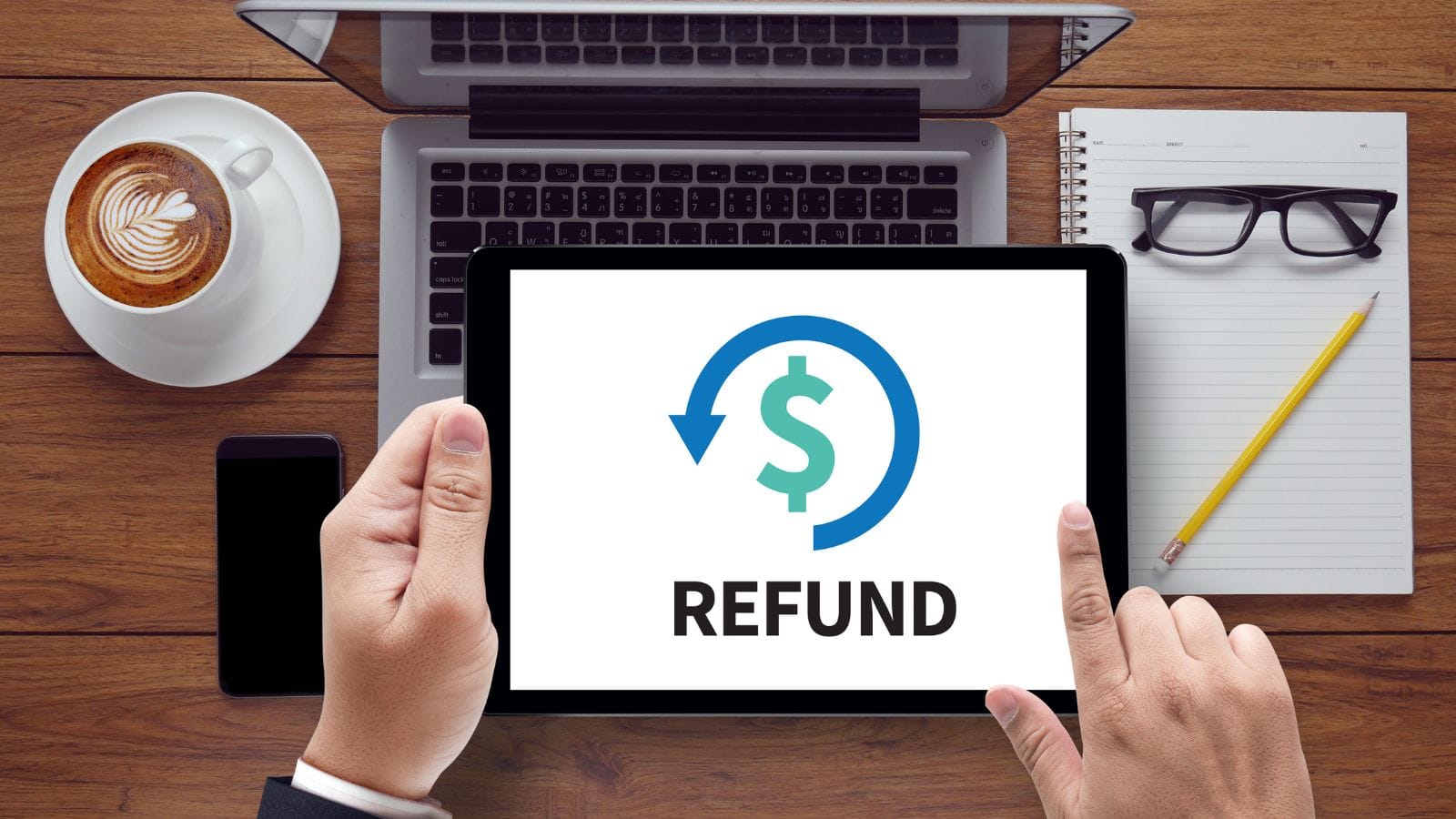
Some firms are eligible for rebates or refunds on tariffs if they prove the goods are temporarily imported or destined for export. Bureaucratically complex, yes—but financially lifesaving. And in a plot twist worthy of a daytime soap, Tesla found itself frozen out of Canada’s EV rebate program, with $43 million in rebates put on ice. The sudden surge in claims was too much, and Canada put the brakes on it. So, in this automotive drama, Canada’s playing both offense and defense, ensuring its auto industry doesn’t stall amidst the tariff turmoil.
Diversifying Automotive R&D Investment

Investments are directed into AI-driven car tech, lightweight materials, and battery tech sectors, which are less vulnerable to traditional trade barriers. Canada is channeling $7.2 billion into innovative businesses, with $2.2 billion earmarked for sectors like automotive. This fund supports projects that drive decarbonization and technological advancement. Also, with $600 million allocated, Canada plans to train 100,000 auto workers in AI programming and industrial robotics, preparing for a digital automotive future.
Lobbying for De Minimis Threshold Adjustments
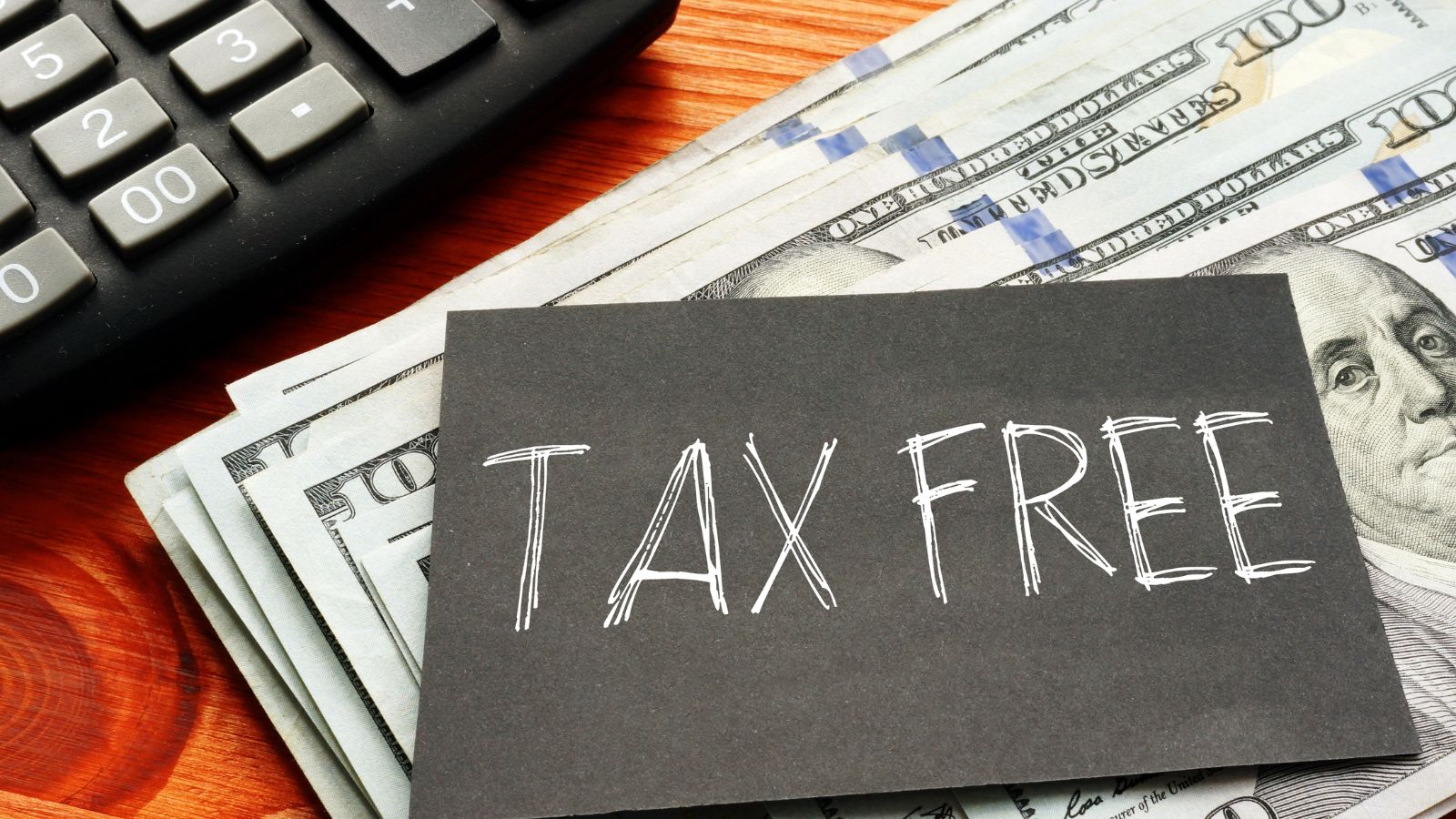
Facing the threat of auto tariffs like a deer in headlights, Canadian policymakers are lobbying for a tweak in the De Minimis Threshold (DMT)—the dollar limit under which goods can be imported without duties or taxes. Canada’s DMT is $40 for taxes and $150 for duties, while the U.S. enjoys a $800 threshold (so unfair, eh?). Ottawa argues that raising Canada’s DMT would help offset rising vehicle costs caused by tariffs, boost e-commerce, and let Canadians shop online without being dinged by surprise fees.
Expanding Export Insurance Programs

To soften the blow of auto tariffs (thanks, trade wars!), Canadian policymakers are revving export insurance programs—because nothing says “we’ve got your back” like a financial safety net in a tuxedo. Through Export Development Canada (EDC), these programs help companies brave the storm of unpredictable U.S. tariffs by covering risks like non-payment and contract cancellations.
Promoting Made-in-Canada Branding
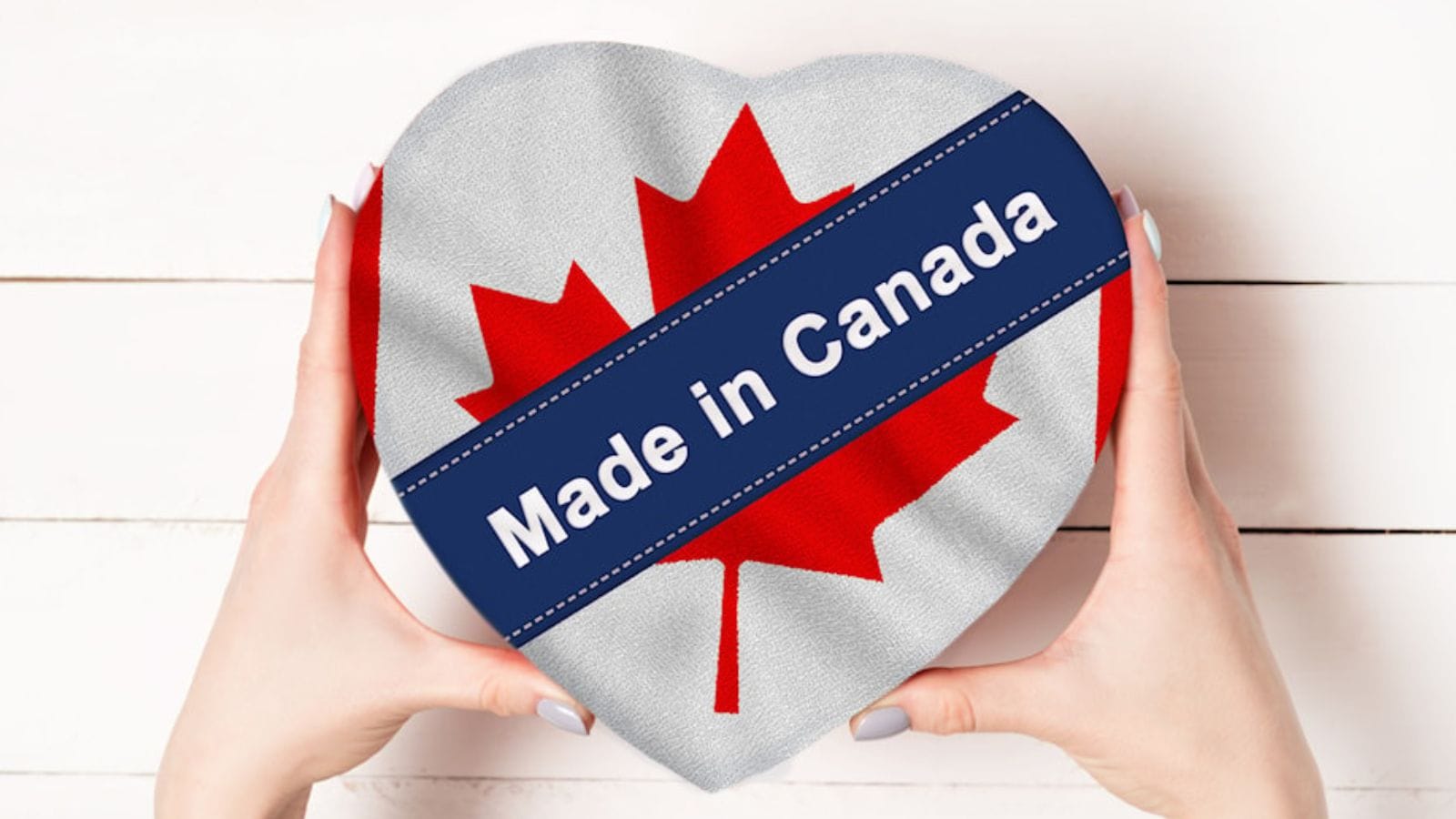
By promoting Canadian-made vehicles, the government hopes to rev up local factories, protect jobs, and slap a friendly “Hey, buy Canadian!” sticker on the economy. This strategy also softens the blow of tariffs by reducing reliance on pricey imports. According to Innovation, Science and Economic Development Canada, supporting domestic industries strengthens supply chains and keeps those maple leaves waving proudly on assembly lines.
Contingency Planning for a Worst-Case Tariff War

Finally, policymakers are modeling worst-case scenarios—because even if the sky doesn’t fall, it helps to know what kind of umbrella you’ll need. Also, Canada’s auto sector is like a high-school group project—everyone’s connected. So, Ottawa introduced a “remission framework”—a get-out-of-jail-free card for automakers who keep their factories running and invest in Canada. A $2 billion Strategic Response Fund will be created to help workers and companies impacted by the tariffs.
22 Times Canadian Ingenuity Left the U.S. in the Dust

When people think of innovation, they often picture Silicon Valley. However, Canada has a history of innovation, too. Whether it’s redefining sports, revolutionizing medicine, or just showing America up at its own game, Canadian inventors, thinkers, and dreamers have had their fair share of mic-drop moments. Here are 22 times Canadian ingenuity left the U.S. in the dust.
22 Times Canadian Ingenuity Left the U.S. in the Dust
